May 21, 2025 | 09:29 GMT +7
May 21, 2025 | 09:29 GMT +7
Hotline: 0913.378.918
May 21, 2025 | 09:29 GMT +7
Hotline: 0913.378.918
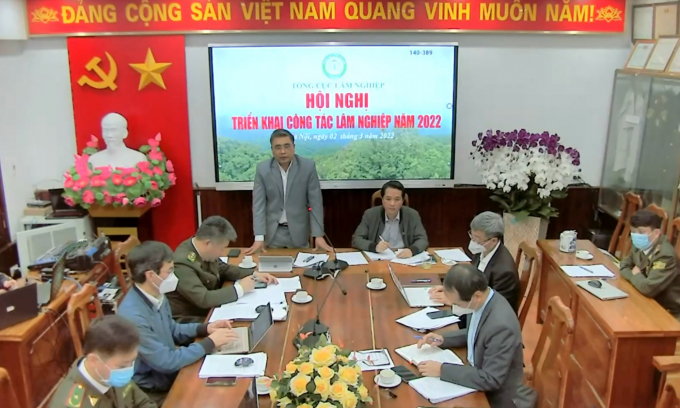
Director General Nguyen Quoc Tri (standing) delivered a concluding speech at the 2022 Forestry Implementation Conference. Photo: TL.
In 2022, the forestry sector has three focus groups of tasks. Firstly, the sector presides the development of 8 legal documents, of which 6 are under the official program.
Secondly, the sector will effectively develop key programs and projects, such as the Forestry Development Strategy for the period of 2021 - 2030, the National Forestry Planning for the period of 2021 - 2030, the Sustainable Forestry Development Program for the period of 2021 - 2025, Plan to restructure the forestry sector for the period of 2021 - 2025, etc.
Thirdly, the sector will implement the targets assigned by the Party, State and Government, such as: Maintaining the national forest coverage rate at 42.02%, focusing on improving forest quality and increasing forestry production up to 102 ,81%; concentrated afforestation at 244,000 hectares, planted 121.6 million scattered trees; export turnover of wooden furniture and forest products is US$ 16.3 billion; timber exploitation at 31.5 million m3; forest environmental services at VND 2,800 billion, certified forest area at 90,000 hectares.
Speaking at the 2022 Forestry Implementation Conference, which took place recently, the Director General of the General Department of Forestry Nguyen Quoc Tri emphasized the issue of forestry planning. According to him, previous forestry planning mainly classified and managed three types of forests that are production forests, protection forests and special-use forests. But now, from the perspective of developing forestry into an economic sector, the planning needs to be associated with the value chain, integrated with the planning of other sectors in order to maximize the value of land use.
"Plans must meet at one point, from central to local planning," Nguyen Quoc Tri emphasized.
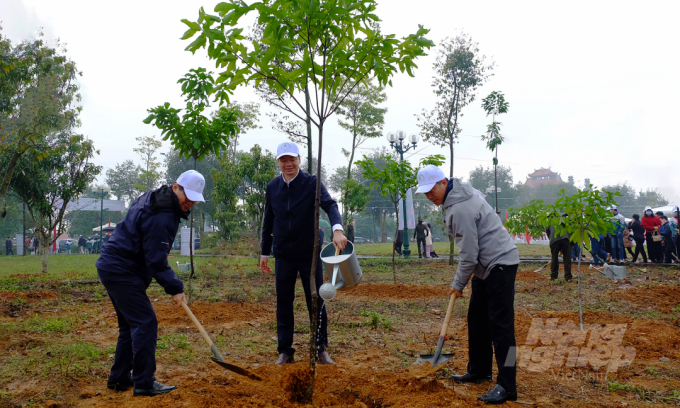
Leaders of the General Department of Forestry were at the 2022 Tree Planting Festival at the Hung Temple Historic Site, Phu Tho on the 6th of Tet Festival. Photo: Ba Thang.
In April 2020, the Government issued Decision 536/QD-TTg approving the task of formulating National Forestry Planning for the period of 2021 - 2030, with a vision to 2050. In which, the decision emphasis is to ensure the harmonization the goals of socio-economic development, national defense and security, biodiversity conservation, improvement of the value of forest environmental services and respond to climate change, socialization of forestry activities.
On that basis, along with the direction of the Ministry of Agriculture and Rural Development, in 2021 the forestry sector achieved a record export turnover of US$ 15.87 billion; revenue from forest environmental services was VND 3,153 billion..., heft to diversify revenue sources from the forest.
Forestry is one of the sectors that are having many legal documents. Along with the implementation of Directive 13 of the Secretariat, the sector also has Decree 83 and Decree 118 of the Government providing and guiding the management and protection of forests, as well as restructuring the system.
Committed to accompanying, and providing detailed guiding documents to the localities, so that the parties can integrate multi-values, General Director Nguyen Quoc Tri said: "We need to be consistent with the issues that have been planned."
In parallel with the planning, the forestry sector also has the task of implementing the development strategy for the period of 2021 - 2030 approved in Decision 523/QD-TTg. In which, there are three new points that need attention: Forest production chain, transforming forestry into an economic sector and improving forest quality.
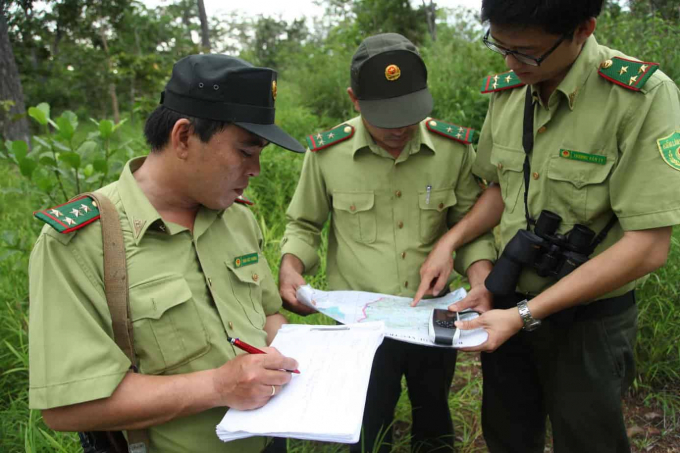
Forest rangers inspect the field. Photo: NNVN.
Forest planning and development are the two "backbones" of the second task group of the forestry sector - implementing and developing key programs and projects. In order to perform accurately, in detail and in a timely manner, the leaders of the General Department of Forestry requested the units to review and re-check each bottleneck when implementing each activity in practice.
With the view that using export value as a springboard to promote other indicators of the sector, diversifying revenue sources from forests, Director General Nguyen Quoc Tri asked localities to give opinions and discuss the Decrees 118 and Decree 83 to minimize obstacles when implementing. He also recommended that the localities needs to develop a realistic plan when participating in programs and projects, especially the upcoming macadamia tree plan.
"The forestry sector needs to avoid thinking of fragmented and small proposals, but must focus on solving the problem as a whole. To do so, we need to evaluate and develop synchronously infrastructure, enhance more science and technology applications", Nguyen Quoc Tri shared.
There are currently 167 special-use forests, including: 34 national parks; 56 nature reserves; 14 species and habitat conservation areas; 54 landscape protection zones; 9 scientific experimental research zones nationwide. In addition, there are 216 management boards for forest protection.
360 of these 383 units have completed and are developing a Sustainable Forest Management Plan in accordance with the Law on Forestry.
Translated by Duc Thuan
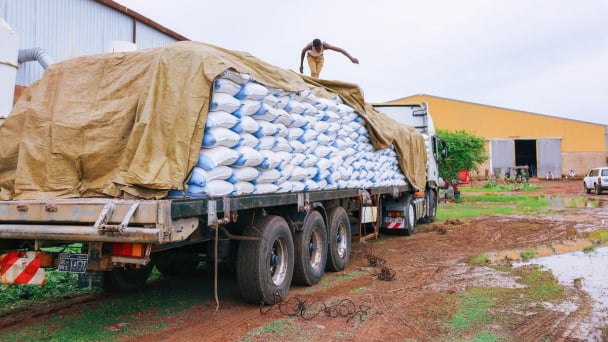
(VAN) In 2024, over 295 million people across 53 countries and territories faced acute hunger—an increase of almost 14 million people compared to 2023, while the number of people facing catastrophic levels of hunger reached a record high.
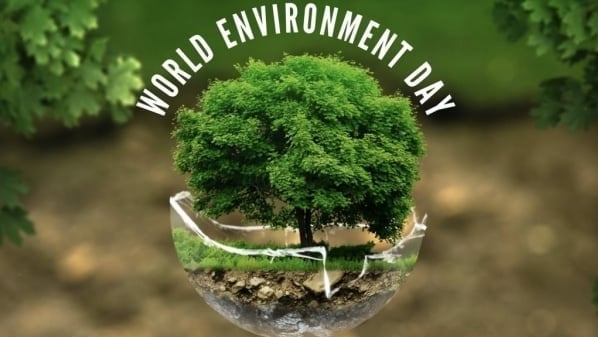
(VAN) World Environment Day 2025 (June 5) carries the theme 'Beat Plastic Pollution' continuing to emphasize the global urgency of addressing the plastic waste crisis.
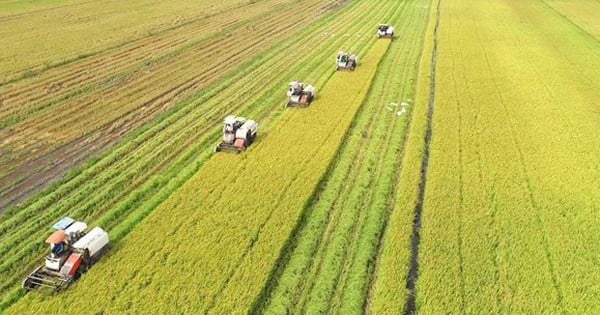
(VAN) This was the assessment shared by experts at the workshop titled 'Assessing the Role and Potential of Low-Emission Rice Production Systems in Vietnam,' held on the morning of May 19.

(VAN) Cai Rong Port is the fisheries control center of Quang Ninh, helping to monitor fishing vessels, combat IUU fishing, and remove the EC's 'yellow card'.
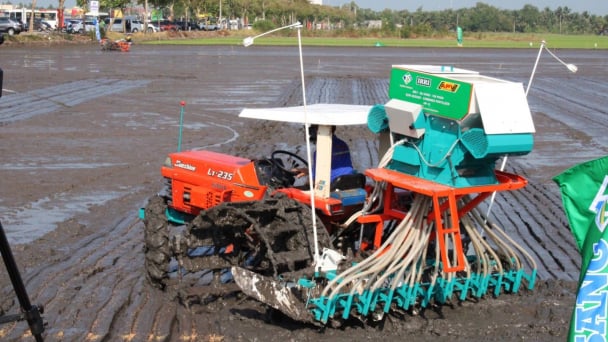
(VAN) The German Agricultural Society (DLG) explores the possibility of establishing a mechanization service center in Vietnam’s Mekong Delta to support farmers in accessing and utilizing advanced machinery.
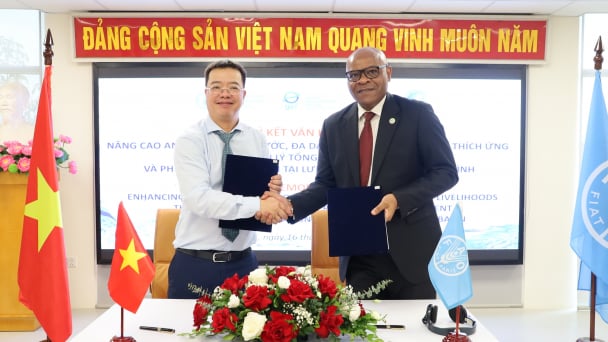
(VAN) On May 16, the Department of Water Resources Management, in collaboration with the Food and Agriculture Organization of the United Nations (FAO), held a signing ceremony for the GEF-8 project document.

(VAN) Food safety, mechanization, vocational training, and market opening are key areas of cooperation expected between the Vietnamese Government and the Federal Republic of Germany.